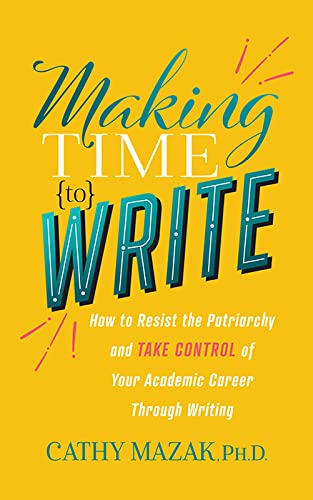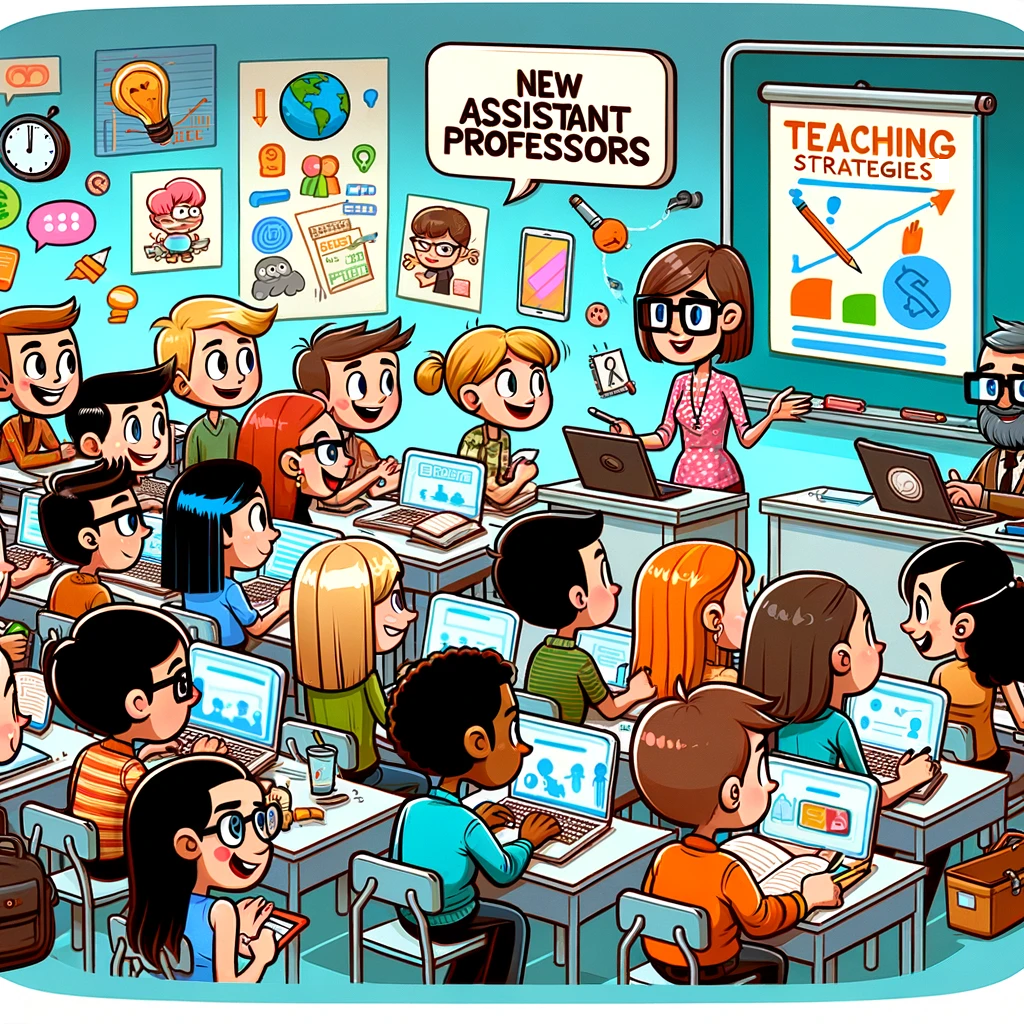
How academics can circumvent cognitive biases
On Tuesday, I wrote about seven cognitive biases: what they are, and how they show up in the working lives of academics.
Now that we are aware of these biases, what can be do about them?
In today’s post, I want to give strategies on how to circumvent and tackle these cognitive biases, so that we can make the progress in our research and career we want to make.
I’ve listed three tips for each of the biases, and hope you will find these helpful.
- The Mere Urgency Effect:
- Tip 1: Prioritize tasks based on their importance, rather than urgency, and create a to-do list with clear priorities.
- Tip 2: Set specific times each day to check and respond to emails, rather than letting them interrupt other tasks.
- Tip 3: Schedule regular blocks of time for important tasks, such as writing papers, and treat them as non-negotiable appointments. Combined with tip 2, you can develop a weekly template that helps you put in the time, every week, to work on the tasks that matter long-term in your career.
- The Zeigarnik Effect:
- Tip 1: Break large tasks into smaller, manageable pieces, and set specific deadlines for each piece. Check in regularly with your overall planning to see if you are still on track to deliver on time.
- Tip 2: Practice mindfulness or meditation to rimprove focus.
- Tip 3: Take breaks throughout the day to reduce stress and improve mental clarity.
- The Planning Fallacy:
- Tip 1: Use previous project timelines as a guide when estimating the time and resources required for new projects.
- Tip 2: Build in extra time for unexpected delays or complications, and create a contingency plan for potential setbacks. Consider at least 30% time overhead in your planning. Schedule no more than 75% of your available time. Build in redundancy in your planning.
- Tip 3: Set specific deadlines and accountability measures for yourself and others involved in the project, to increase motivation and ensure timely completion.
- The Sunk Cost Fallacy:
- Tip 1: Evaluate projects and courses of action based on their current and future potential, rather than past investment. Does it (still) align with your academic mission statement and your values as an academic.
- Tip 2: Seek feedback from others. Most likely, your colleague is as exasperated by That Paper as you are. Let it go together.
- Tip 3: Reframe past investments as learning opportunities. Identify what you learned: did you learn a particular soft skills or piece of wisdom, or did you develop code or methods that you can apply to a more relevant problem?
- Present Bias:
- Tip 1: Understand what will get you to tenure and beyond, and see if your daily/weekly reality aligns with what you are striving for.
- Tip 2: Use the “commitment and consistency” principle to hold yourself accountable for long-term goals. This can involve publicly stating your goals, setting up reminders or accountability partners, or creating incentives or consequences for reaching or missing goals. You can look for a group of academics in the same stage of their career and check in with each other regularly.
- Tip 3: Celebrate small wins and progress along the way to maintain a sense of accomplishment and momentum.
- The Complexity Bias:
- Tip 1: Start with simple solutions to problems and build upon them, rather than starting with complex solutions.
- Tip 2: Seek out feedback from others and test solutions in a low-risk environment before implementing them fully.
- Tip 3: Simplify work environments and routines to reduce distractions and increase clarity. Declutter your workspace, your computer, your brain, and your methods.
- Hedonic Adaptation:
- Tip 1: Think about what you can do to make your academic job “90% awesome”. Can you make changes in your lectures or projects to be closer to your academic mission statement?
- Tip 2: Seek out new and challenging opportunities and collaboration in academia and outside academia to increase engagement and motivation.
- Tip 3: Take regular breaks and engage in activities outside of academic work to maintain a healthy work-life balance.
Which of these tips will you implement?
Share with your peers!



